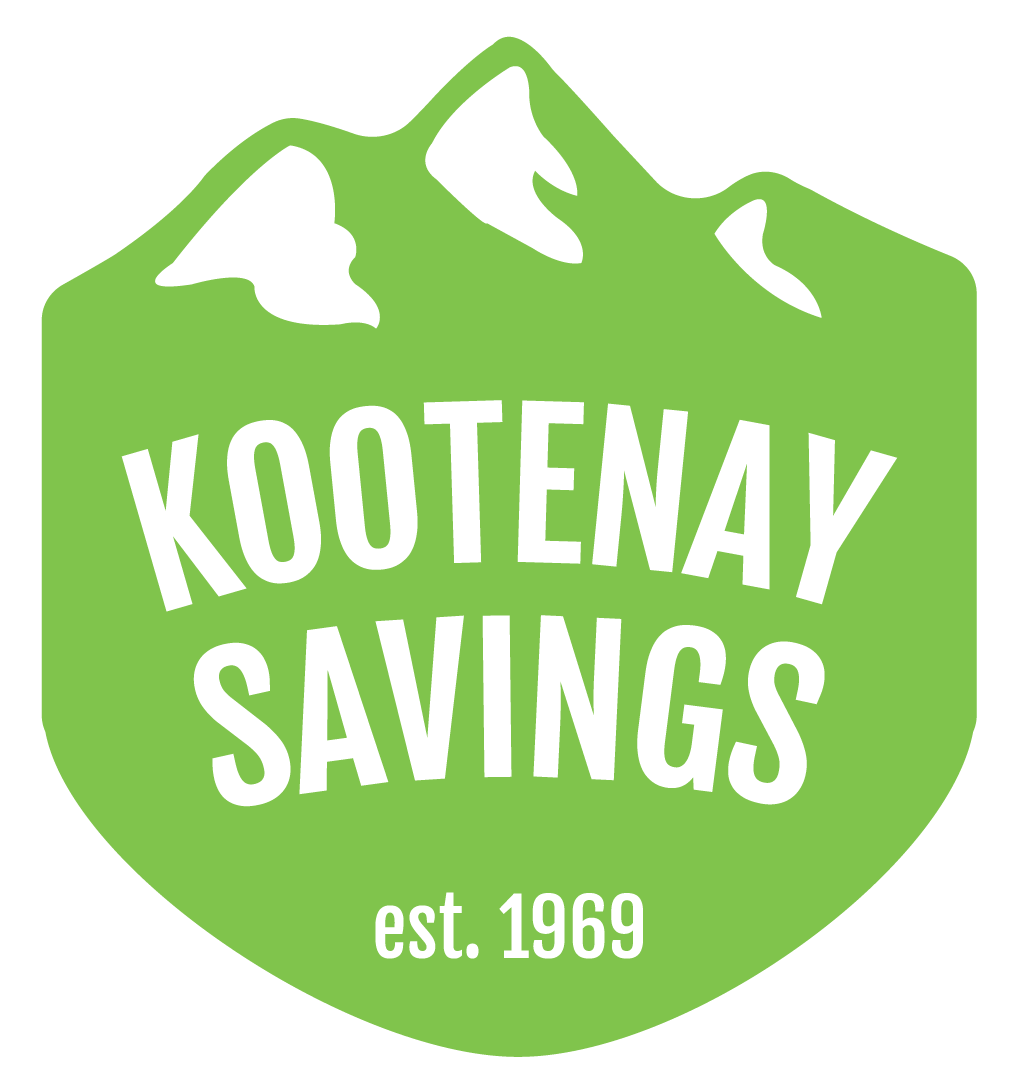What is a TFSA?
Contribution limit: $6,000 per year (2022)
A Tax-Free Savings Account gives you the ability to grow your savings without ever having to pay tax on the money it earns. Unlike an RRSP, a TFSA allows you to withdraw money at any time – and every dime is tax free. TFSAs can hold a variety of investment vehicles including mutual funds, GICs, bonds and stocks. While ideal for long-term investments, they can also be a good option for short-term needs, like an emergency fund or saving for a renovation, new car or vacation.
Check out the TFSA Calculator.
KSCU Tip: If you withdraw money from your TFSA, you can add this amount to the following year’s contribution room without penalty. For example, if you take out $20,000 to buy a car this year, you’re allowed to contribute $26,000 next year – the $20,000 you withdrew plus the $6,000 annual limit.
What is an RRSP?
Contribution limit: 18% of earned income from the previous year, up to $29,210 max (2022)
An RRSP saves you money by reducing the income tax payable in high-earning years and allowing you to withdraw from it in the future when your income is lower. This is a clever way to hold onto money you would otherwise pay in taxes. RRSP contributions are tax deductible, and through smart planning, such as opening a spousal account, your savings can be leveraged even more.
An RRSP isn’t just for retirement. You can borrow from it for your first home purchase or to go back to school as a lifelong learner. There are rules around this however, including time limits for repaying the amount you’ve borrowed. Contact a KSCU investment advisor to learn more.
KSCU Tip: You can create a spousal RRSP to reduce your tax payable today and also reduce the amount of tax you pay in the future. Ask us how!
Check out our RRSP Calculator.
More Tips To Help You Decide
- If your employer offers a matching option for RRSP contributions, you could increase your RRSP contributions by choosing this option.
- If you want to withdraw your money with no restrictions, the TFSA has the access you need.
- For both the TFSA and RRSP, it’s important to know your annual limits to avoid Canada Revenue Agency penalties for over contributing. We can help you figure this out.
- When you turn 71, you must convert your RRSP to a Registered Retirement Income Fund (RRIF) and start drawing income from it. The TFSA doesn’t have this requirement.
All their differences aside, the bottom line is you don’t have to choose. TFSAs and RRSPs are equally great options for strategic savings, and many investors find both serve valuable roles in their investment portfolios. At Kootenay Savings, we can make them effortless, too, with automatic contributions. To learn more, contact us to speak with an investment advisor and make your money work harder for you.




